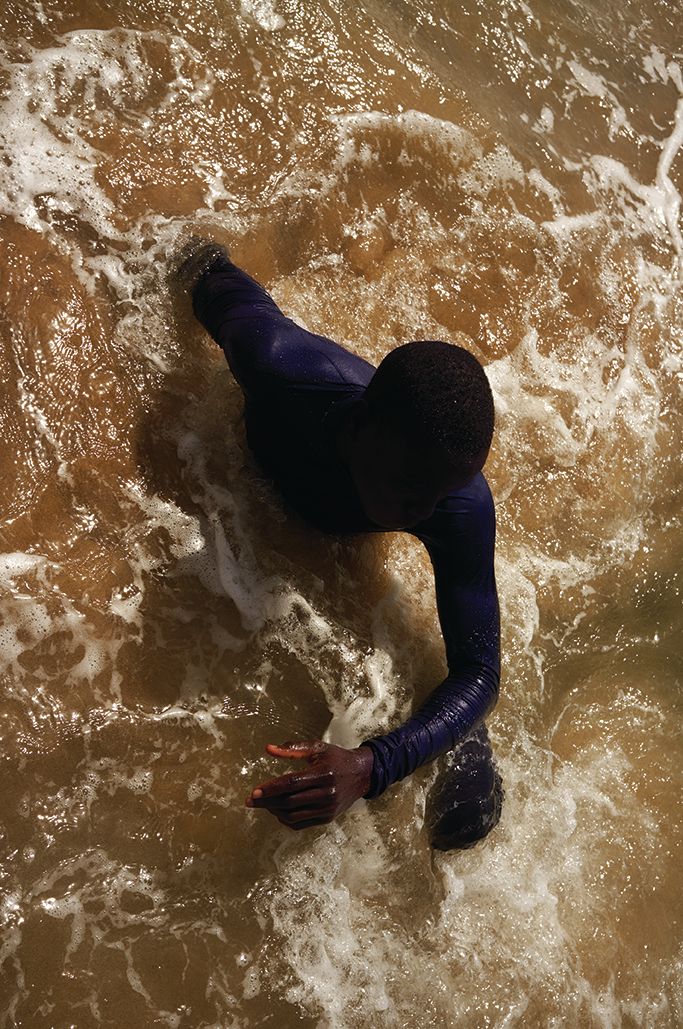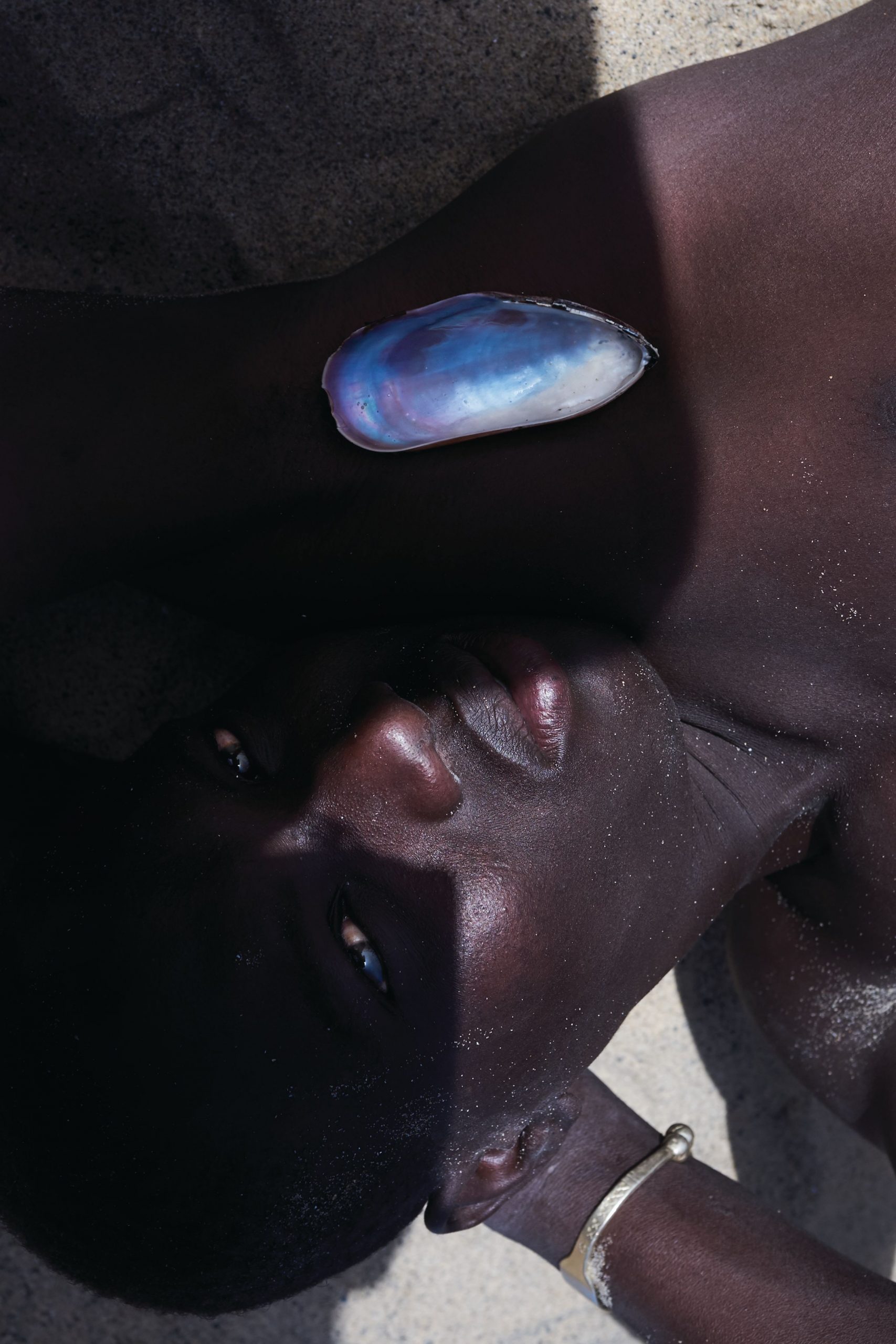Every Human Being is an Artist: Joseph Kadow
If there is such a thing as understanding the world of image, Berlin-based photographer Joseph Kadow has the answer. His creations take him around the globe and connect him with different cultures. Having a connection with something out of his comfort zone makes him a unique storyteller and helps him capture deep and honest part of images. The fact that he has no boundaries in his creative mind proves the idea of being authentic within self. We had the chance to have a conversation with Berlin-based photographer about his creative world.
How did you get involved with the world of image?
The visual has been one of the most defining parts of my family and my upbringing. Being the son of an artist, images have always been around me. My parents read fairy tales, stories and myths to me which opened my understanding for the world of image. They carry symbols, an intuitive understanding of the world and they enable us to create a sensitivity for this world. This is what intrigued me and still does.
If there is only one word to describe your work, what would it be?
Intuitive.
As a creative person what is authentic to you?
Authenticity can never be pinpointed to facts, it is always a feeling. This feeling is provoked by bringing personality into your work. If I see devotion in someone’s work, it is authentic to me.
How did your idea of photography changed since you started?
Photography has been a door opener to many circles, experiences and also people. I aim to include my social surrounding into my images, the line between me and my work became more and more blurry. Photography shaped me as a person and this is what I strongly appreciate. Yet throughout the years, as photography became my job, I learned that I have to accept projects where my creativity is limited, can be pressed into ideas and shaped by clients. I am balancing both sides, being grateful that I can earn money with my creativity and that it therefore feels natural and easy to me.

There should be no borders in art, there is no recipe for the right art, still, art underlies the concept of cause and effect. A drastic idea would be to sell weapons as art- but for me art should aim to change the world, cosmos and people in awakening ways and mirror the environment.
What do you think about art? Do you believe in the idea, “Art for Art’s Sake”?
From my perspective, there is no art which is not for art’s sake. Yet art always has a responsibility in the social structure, the artist is part of society and carries that responsibility. Art for art’s sake fails when it becomes an egoistic self-realization. There should be no borders in art, there is no recipe for the right art, still, art underlies the concept of cause and effect. A drastic idea would be to sell weapons as art- but for me art should aim to change the world, cosmos and people in awakening ways and mirror the environment.
Which century inspires you the most?
This question got me thinking! Of course, I am shaped by my own times, the 90ies and 00s. The aesthetics of these decades will always inspire me and are a big part of my work. Yet the époque which is the beginning of individualism, individualistic art and what we create nowadays is the Renaissance. A new world view was developed, where the human being was not the center of the universe anymore- an intense experience for contemporaries and we can still feel it’s long-lasting effects.
What does discovery mean to you as an image maker?
Discovery for me is a dualistic process between me and my environment. I, as part of that environment carry some sort of idea, a feeling for that discovery, which I encounter in my surrounding. My inner process correlates with the outer world and leads to discoveries that often feel like they have always been there.
How do you find your inspiration? And can you explain your creative process to us?
Finding words for that creative process seems nearly impossible, yet I want to try and understand myself. The creative process is an encounter. An encounter between what already exists in the world and what is within me. I as a creative person got influenced by so many streams, which you can find in every single image. They are always a product of serendipity, myself and what I find in the world- it all goes back to the aforementioned intuition.

Is there a special shoot you did which inspired you and shaped you as a photographer?
Rather than a certain shoot, my ways of interacting with the world inspire and shape me. What is essential to me are the questions what are social processes about and what is the meaning of interpersonal relationships? I travel to different countries, I interact with different cultures and images happen along the way.
Do you think there is a creative challenge in today’s world?
I want to answer this question with a reference to one of Joseph Beuys most famous quotes “Jeder Mensch its ein Künstler” (“Every human being is an artist”) as he states here that every human is creative, no matter what we do, and everyone is part of the social sculpture, not only artists but teachers, lawyers or facility managers as well. Nowadays we tend to think even stronger in individualistic boxes, individualism is infused by developments in the modern world. Our challenge is to bring our creation back together, to take a direction in which we share and communicate.
Today’s world is all about collaboration with different and authentic people to create a conversation. You did a project for “A New Nothing” and worked with Czar Kristoff. How was that experience for you?
Czar and I come from very different cultural backgrounds. He lives in Laguna, Philippines and I’m from Berlin, Germany. For years we communicated online, talking about our work, sharing thoughts, yet never met each other in real life. The collaboration we did for
“A New Nothing” was beautiful. It showed there are no cultural or linguistic boundaries, and that we can communicate on an intuitive level. Understanding lies beyond language, a shared space or even encountering each other.
What is a good conversation?
A good conversation is ruled by acceptance, not by the ego.
Many creatives use social media as a marketing tool. Do you believe in the power of social media and how do you use it for your work?
For coming generations, the world won’t be imaginable without social media. The power of it is, that it makes you be seen. Seen beyond your own scope, on an international, even global level. Also, Czar and I would not know any of each other’s images without social media. Yet we are flooded with impressions and pictures, which makes it hard to distinguish and you have to be very aware of what you consume.
What excites you nowadays can you tell us about your future projects?
My friends’ circles are very inspiring, we create something together, exploring societies and also our own boundaries. In Berlin we are so lucky to have the freedom of free expression and this is so important for my work. From there many ideas and new projects are born, it is the foundation for free art. In my future work I want to keep using that freedom, making it seen. Not only for us here but especially for people who are not that free.
